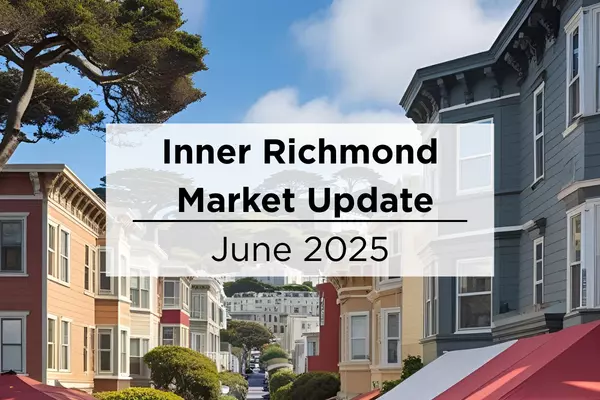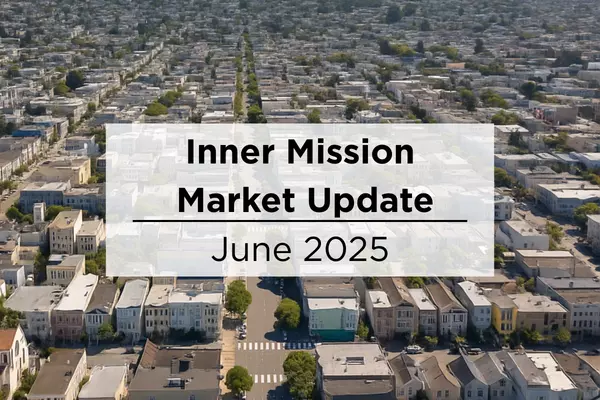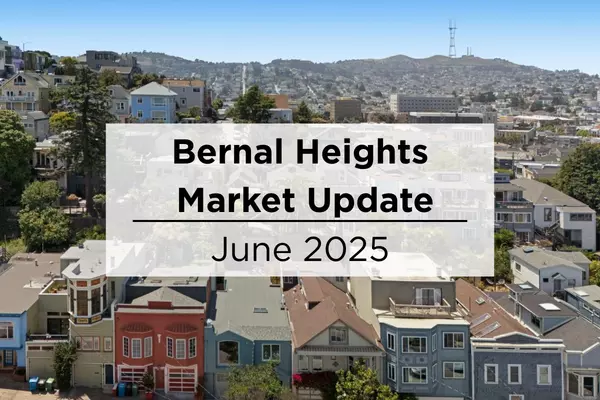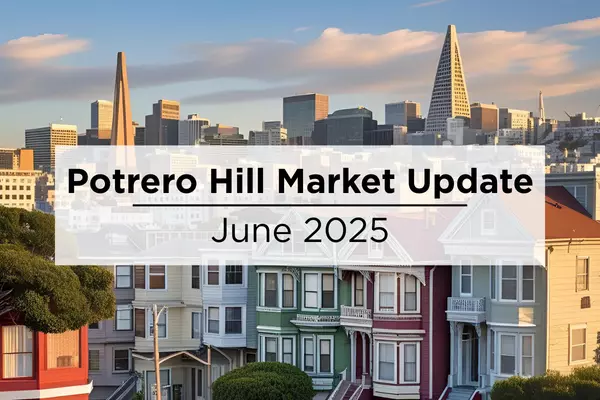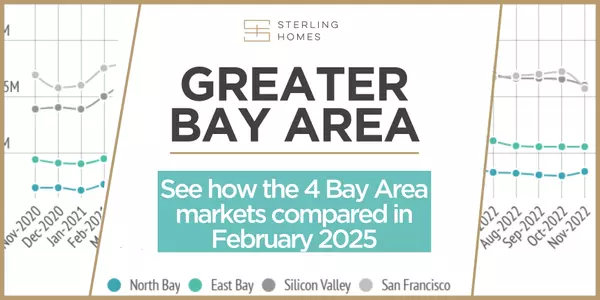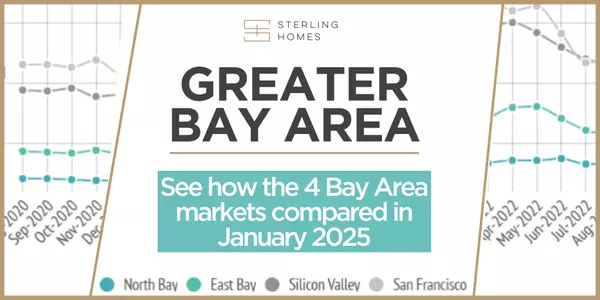
Alameda & Contra Costa - Housing Market Update August 2024
The Big Story Housing Market Seasonality vs. Expected Rate Cuts Quick Take: Nationally, home prices hit an all-time high in June 2024, and we estimate that prices may have bucked seasonal trends and climbed slightly higher in July.* In July, the average 30-year mortgage rate declined for the third

Alameda & Contra Costa - Housing Market Update June 2024
The Big Story Median home price hits record high for the second month Quick Take: Since January 2024, prices have climbed 13.6%, reaching an all-time high in May and another in June 2024. Similarly, the monthly cost of financing has hit a record high, meaning that home affordability is at a record l

June 2024 Alameda & Contra Costa Real Estate Analysis: What You Need to Know
The Big Story Record high median home prices once again Quick Take: Since January 2024, prices have climbed 10.6%, reaching an all-time high in May. Similarly, the median list price per square foot hit an all-time high in April and again in May 2024. Affordability for homes has reached a record low.
Categories
Recent Posts



